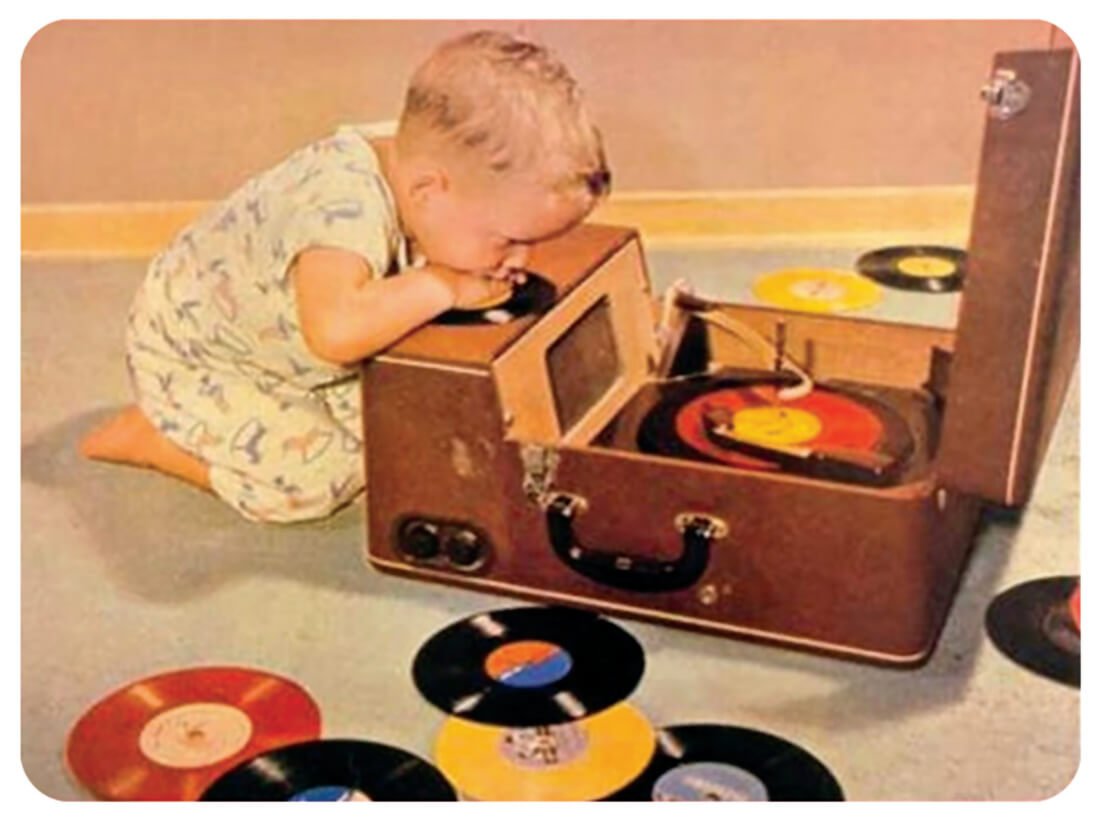The Beat Goes On
Where were you in ’62? And what were you listening to?
It’s one of those Boomer clichés that set Millennial teeth on edge, but for anyone born before, say, 1960, pop, rock, and Top 40 AM and underground FM radio really were the soundtrack for our lives.
Just a lame Tinseltown trope, you say, trivializing our lives into movie productions? Not at all. Lives, like movies, actually do have their own musical accompaniment, underscoring the action, triggering epiphanies of self-awareness, and plumbing the murky depths of our emotions. Many of us just don’t think of it in those terms.
When the film American Graffiti came out in 1973, it was a revelation. Apart from commercially launching the career of filmmaker George Lucas, it built on the innovation of Easy Rider a few years earlier, and featured a soundtrack comprising only curated songs of the era instead of slathering a traditional symphonic score over the whole thing. In a nod to the mid-’50s’ classic Blackboard Jungle, it too opened with a blast of Bill Haley and His Comets’ “Rock Around the Clock,” and never let up, weaving in one great oldie after another to comment on, contrast with, or otherwise heighten a scene.
So powerful was its impact on me that to this day, nearly 50 years later, whenever I hear Booker T. and the MGs’ “Green Onions,” I instantly flash on the scene with the fateful drag race at dawn. When I hear The Skyliners’ sublime “Since I Don’t Have You,” I see a forlorn Richard Dreyfuss, whose character pines after the gorgeous and unattainable Suzanne Somers cruising the streets in her cherry ’57 white T-Bird.
So it was my longtime friend and fellow pop-music hound Tom Waldman’s idea to build his new coming-of-age and getting-of-wisdom memoir “Countdown: A Life in 20 Songs” around the notion of his own personal Top 20—not necessarily hits, or even his favorites, but songs he similarly associates not with a key scene or plot twist, but with a critical hinge moment in his life.
Reading a contemporary’s memoir—especially sharing a friendship for 75% of that lifespan—unavoidably prompts reflections and fond memories of my own. The songs he picks don’t always resonate as profoundly for me, but many of us Boomers, I suspect, could easily knock out our own individual Top 20.
Our lives have shared remarkably similar trajectories. Our fathers had both been college professors, and our families had each lived for a time in more rural areas as our dads worked their way up the academic food chain to land their tenured positions in Southern California. Both our fathers took sabbaticals in the UK, and our youthful encounters with English culture, history, and pop music, so alien to our American experience, powerfully shaped our musical tastes forever after. After graduating a year apart from the same high school, we worked our way through our respective colleges and after with part-time jobs at donut shops, moving furniture, and working in record stores. We each freelanced reviews for local publications (he theater, me films), attended journalism graduate school together, worked at daily newspapers, and were communications staffers for a series of elected officials. We share a mad passion for politics, history, and popular culture of all kinds. We each have two adult sons. And until she passed away in 2019, my mother and Tom’s mother were widowed friends and neighbors in the same retirement community.
So, in a sense, Tom’s story is at least partly my story, despite some divergence: He was just a little too young to appreciate when the Beatles kicked off the British Invasion, while my best friend in elementary school had a teenage sister who was crazy over the four mop-tops. While we played in the front yard, “She Loves You” and “I Want to Hold Your Hand” blared out her bedroom window from a pink transistor radio, and I was instantly hooked. I read about them in my parents’ Life magazine, watched their debut on Ed Sullivan, and the following year saw the Beatles’ film, Help, at a Saturday matinee a few weeks after my 10th birthday. Poor Tom didn’t discover rock and roll until The Monkees TV show made its debut in the fall of 1966—after I’d spent a blissful summer building plastic car models and listening non-stop to KRLA. There I thrilled to a seemingly endless rotation of Beatles, Stones, Kinks, Yardbirds, Hollies, Troggs, Lovin’ Spoonful, Supremes, Sam the Sham and the Pharaohs, Four Tops, Tommy James and the Shondells, Simon and Garfunkel, Donovan, Mamas and the Papas, Standells, and dozens of others who convinced me then—and even now—that pop music just couldn’t possibly get any better.
Those cranky Millennials I mentioned earlier will never get it, because music today occupies nowhere the pride of place it did back in our day. They’re no longer buying recordings to stock a personal library, merely renting the opportunity to listen online. Culturally and politically, music is largely irrelevant, just another fungible commodity to consume before it’s quickly forgotten.
For those of us lucky enough to have experienced ’60s pop in real time, it was genuinely transformative. And now, as we officially join the ranks of senior citizens and are tempted to gaze backward more often through the kaleidoscope of our lived experience, it’s really the perfect organizing principle to employ a few of the songs that excited, entertained, nurtured, and accompanied us on that long and eventful journey.
Countdown: A Life in 20 Songs by Tom Waldman, may be ordered directly through BookBaby (https://store.bookbaby.com/book/countdown-a-life-in-20-songs).
The soundtrack of our lives, songs associated with critical hinge moments of life.









